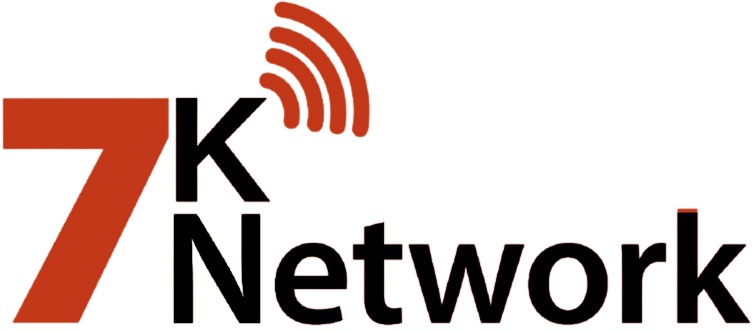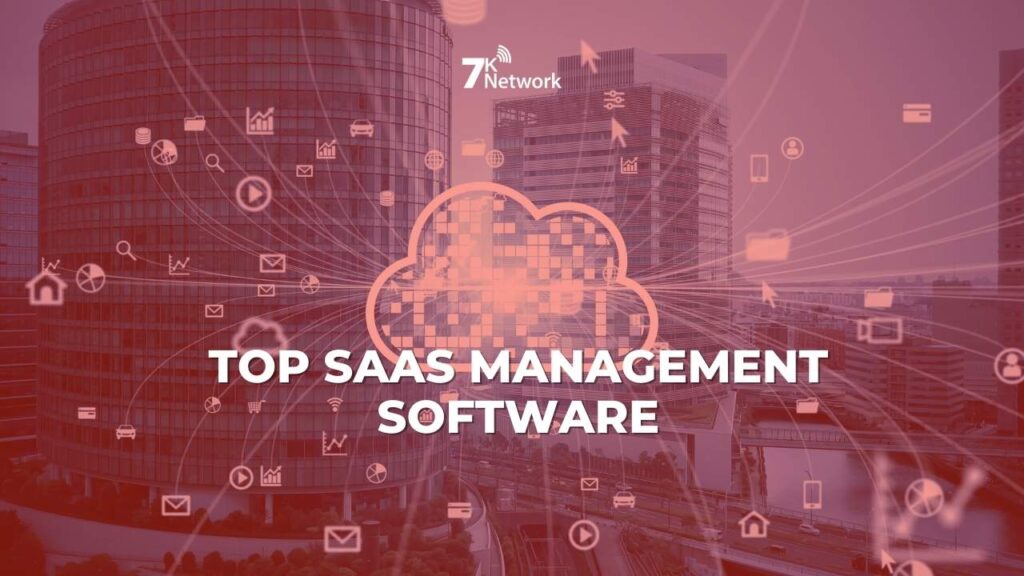SaaS has become “mission-critical” for the modern company as more businesses are applying cloud-based solutions. More than 100 apps have been widely used by the average firm around the world, while surveys of large enterprises show that over 400 SaaS solutions are currently in use.
Unless proper management is performed, this uptrend in SaaS adoption would lead to a possible “SaaS sprawl.” Sprawl is how the unbridled use of software without having organizational management and quality and security control is typified.
The key systems include critical ones: more than 65% of IT professionals revealed that workers employ unapproved SaaS products for their workflows, and other main challenges are educating and supporting the end users in using the offered SaaS ecosystems, driving more digital adoption, staying compliant with respective vendor regulations, and monitoring all compliance with both vendor guidelines as well as any monitoring software deployed to achieve highest benefits and sustain security.
In this scenario, the best Saas Management Software is of much help.
SaaS management: what is it?
SaaS management catalogs, oversees, controls, and monitors an organization’s SaaS applications in the pursuit of software asset management with the aim of consolidating and eliminating SaaS waste. For businesses looking to streamline their digital operations while fostering innovation, integrating corporate innovation tools alongside SaaS management platforms can create a more agile and efficient IT environment. This entails the active management and tracking of the software stack, acquisition of new tools, monitoring of the current licenses, management of purchases, subscriptions, vendor negotiations, and renewals, development of self-help materials to assist users internally, as well as efficient offboarding applications when they are no longer in use.
Why do companies need SaaS management software?
The platforms for SaaS administration provide a centralized way of monitoring SaaS consumption, process optimization, and compliance.
The uptake of SaaS apps has been quite rapid, so businesses require a strong management system to enhance productivity while keeping costs under control.
SaaS management solutions even help the easier onboarding and off-boarding of user access to SaaS applications by providing easier procedures for onboarding and offboarding.
Furthermore, these systems secure sensitive data and ensure compliance with regulations through their enforcement of security standards and assisting in maintaining adherence to license agreements.
10 Best SaaS Management Platforms for 2025
1. Better Cloud
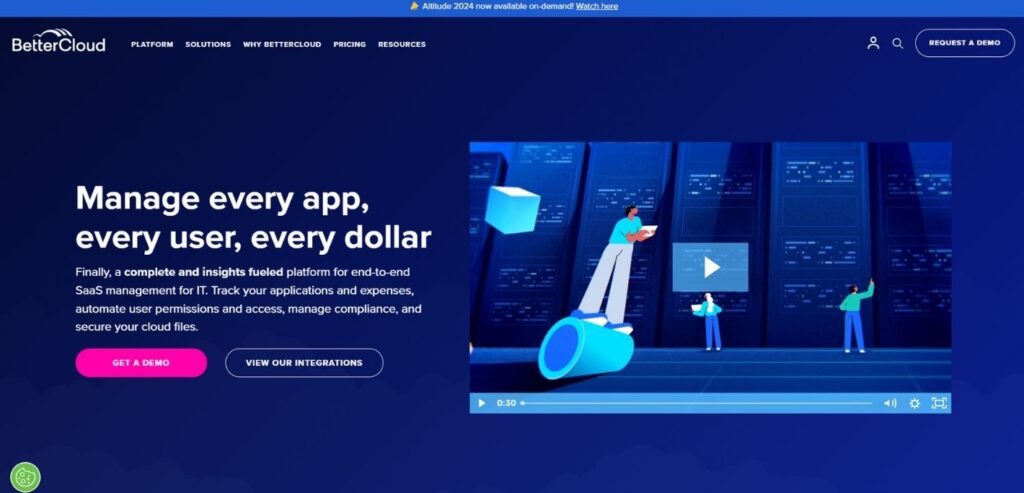
BetterCloud automates administrative IT tasks, security risk monitoring, and the discovery of active and inactive SaaS applications to streamline the management of SaaS operations for enterprises. The platform solves common bottlenecks in IT administration across the entire lifecycle of the software program and user. These bottlenecks include the consolidation of licenses, detection of dangerous applications, and content scanning for private corporate information.
Operations and IT teams may use BetterCloud to standardize the processes of support ticketing, software onboarding, and offboarding. You can automatically grant or revoke access to shared applications and resources by synchronizing employee data from your human resources information system (HRIS). It also provides features such as connections to Jira and ServiceNow, as well as self-service portals.
- Rating: 4.4 out of 5.
- Pricing: For tailored pricing, please reach out to BetterCloud.
2. Torii
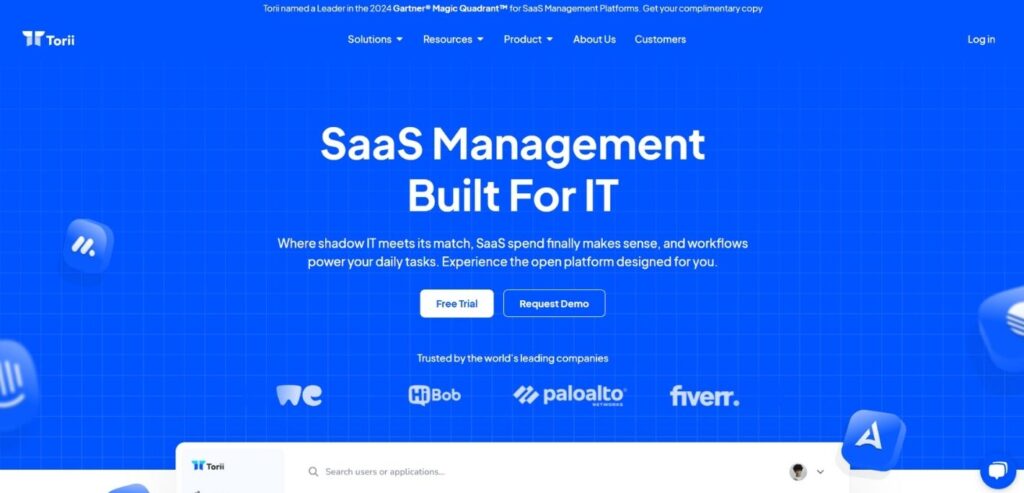
Recognition of software applications, tracking, and budgeting SaaS spending, simplifying user lifecycle tasks, and automating complex application lifecycle workflows to all ends, Torii is the SaaS management platform that can do it all. With capabilities from evaluating licensing cost to automating the license downgrade as well as application shutdown for an abandoned app-all these and several saving recommendations based on organizational patterns have helped enterprises control their SaaS expenses.
Torii is perfect for companies that want to build an agile SaaS infrastructure that easily integrates with existing technology stacks. Developers can use pre-built plugins, build their own plugins to share with other developers or interface the tool with their external systems, as its open API is suitable for this purpose.
- Rating: 4.5/5 Stars for the
- Pricing: For the quoted price, call Torii to get in touch with them.
3. Vendr
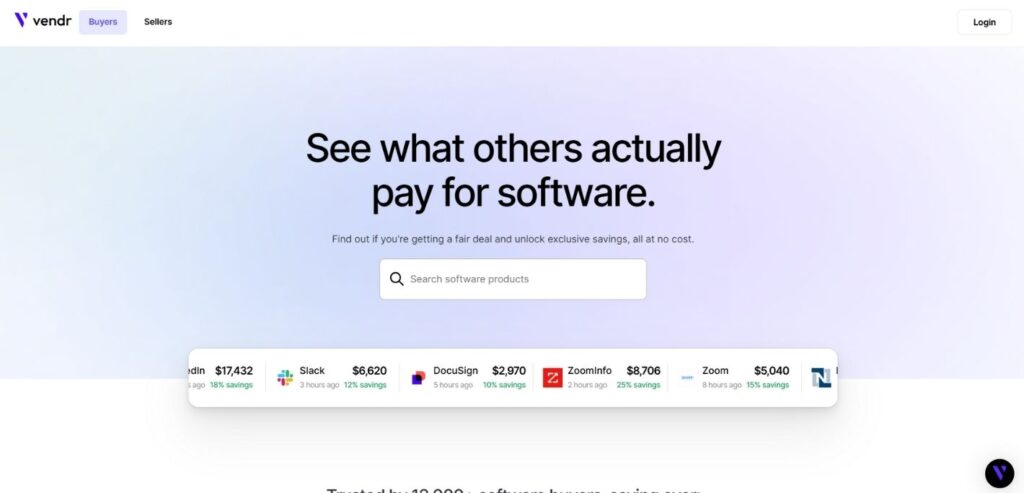
From initiating purchase orders to approving and renewing them, Vendr is a SaaS procurement platform that helps companies handle their entire process of procuring software. The software allows teams to combine purchase documents from several suppliers and vendors, automatically distribute jobs to other departments, and set notifications based on when contracts are about to expire. Furthermore, the platform connects with SSO tools, accounting, human resources, and contract lifecycle management.
By giving businesses access to all supplier data, Vendr’s Premium Intelligence platform allows businesses to influence the procurement decisions of vendors. Use pricing benchmarking, AI-powered contract analysis, and the Vendr team’s real-time negotiating counsel to help guide software purchases.
- Rating: 4.6 stars out of 5 stars for the
- Pricing: Up to $98,000 annually for businesses. For customized pricing, get in touch with Vendr.
4. G2 Track
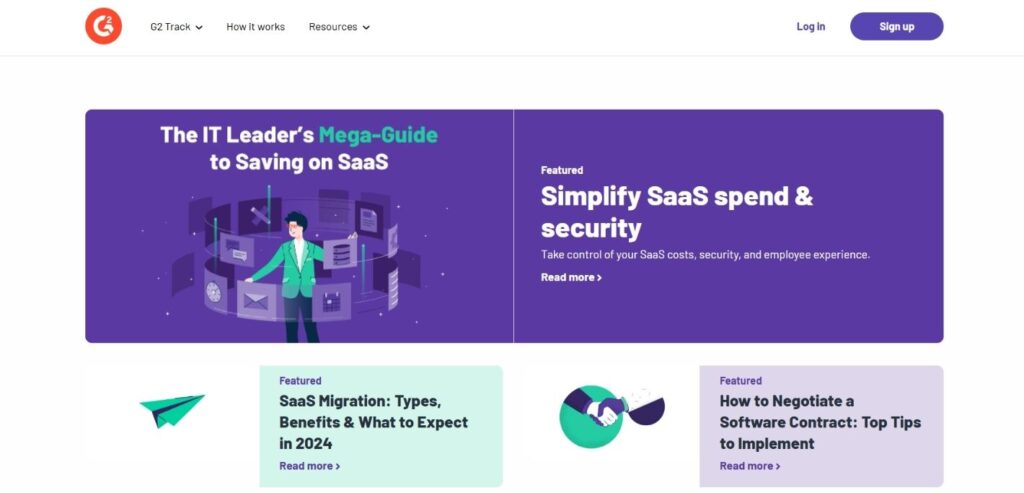
G2.com’s robust product classification system, G2 Track, helps companies of all sizes optimize their software spend by identifying and eliminating overlapping software and hidden IT technologies. The platform makes SaaS discovery easier with capabilities for detecting overlap and removing hidden IT technologies.
The first advantage of G2 Track is the deep product taxonomy data that will help businesses find and filter the most relevant software transaction data. In addition, a human Contracts Concierge team reviews contract details such as terms and renewal dates, which provides an additional level of accuracy to an organization’s SaaS management.
- Rating: 4.4 out of 5 stars
- Pricing: Get started for free
5. Substly
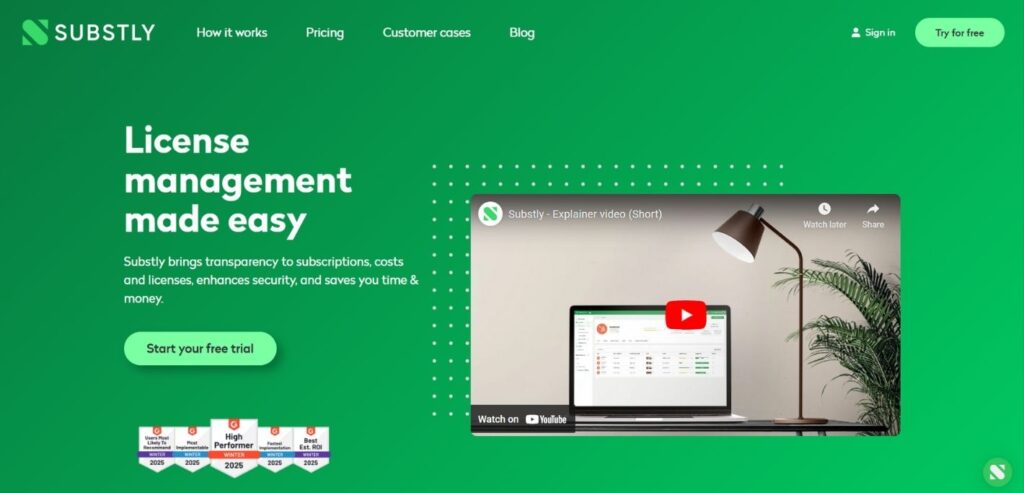
Discreetly supports small and medium-sized businesses manage growing SaaS IT stack. It helps teams centralize data regarding SaaS consumption, licensing, costs, budgets, and much more. Generate automatic software offboarding and license cancellation notices by using triggers such as personnel status and license expiry dates.
The platform is a great option for companies that seek basic SaaS administration capabilities in one place at a fixed price. In addition, small and expanding teams can easily adopt its user-friendly interface and modify it with plugins, integrations, and unique APIs.
- Rating: 4.9 out of 5 stars
- Pricing: Starts at $22 a month for 5 users.
6. CloudEagle
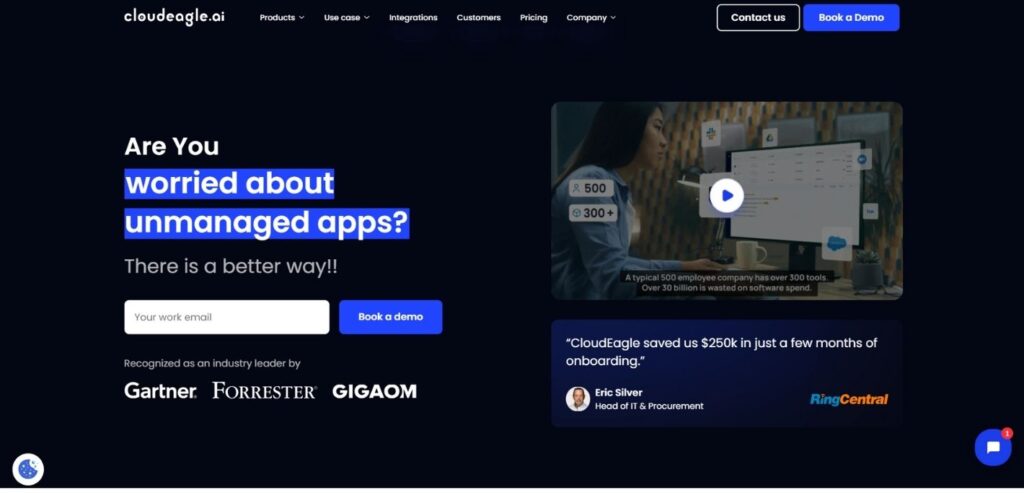
CloudEagle is an end-to-end SaaS optimization platform that manages software procurement, SaaS stacks, and user lifecycles. Finance, IT, and procurement teams use CloudEagle to identify opportunities and duplication across the software ecosystem to cut wasteful spending and non-compliant SaaS installs. Organizations can install the browser extension on staff devices to ensure proper usage of software, stop dangerous downloads, and provide consumers with vendor insights or customized discounts.
Also, teams may utilize the use of data analytics and automated workflows offered by CloudEagle to speed up research on vendors as well as in negotiations. Have a better decision with a one-stop shop on SaaS pricing, peer evaluation, and on-demand buying help from the team at CloudEagle which has over 900 suppliers’ databases.
- Rating: 4.7 out of 5 stars
- Pricing: Starts at $2000 a month.
7. LicenceOne
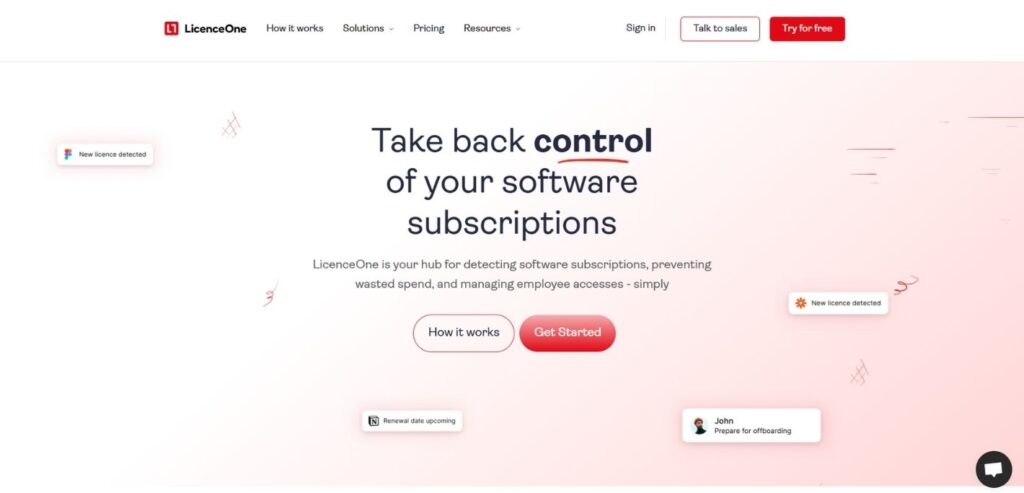
LicenceOne is a SaaS spend management platform with easy installation and is budget-friendly. It can be implemented by teams of over 12,000 accounting, payment, and software systems integrating with virtual cards, bank accounts, and financial software. LicenceOne helps teams classify and report on software subscriptions by matching expenditure data with payment activity across several apps.
You might influence spending on software through how you provide information about active users, use trends, and renewals for free and premium SaaS apps in relation to logins and the application of natural interaction with the Google Workspace via LicenceOne’s browser extension.
- Rating: 4.8 out of 5 stars
- Pricing: Starts at approximately $11 per month
8. Cledara
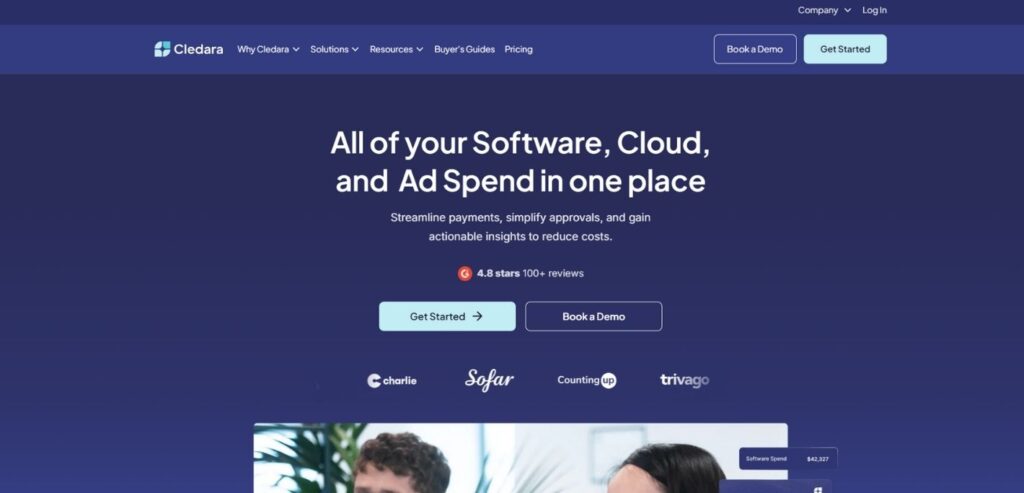
Cledara assists the financial teams with budgeting, automation of payments to software, and management of SaaS expenses. Through this, the organizations can, for example, design complex workflows connecting the IT and business departments to ease the process of obtaining purchase approvals and distributing several jobs to their respective stakeholders.
Cledara allows finance teams to enable virtual cards only for purchasing software. You can create a separate payment source for every SaaS application to avoid failed payments, surprise fees, and security threats from shared credit cards. You can also use virtual cards in approval workflows to streamline the process of collecting information and running compliance checks.
- Rating: 4.8 out of 5 stars
- Pricing: Get started for free.
9. Zylo
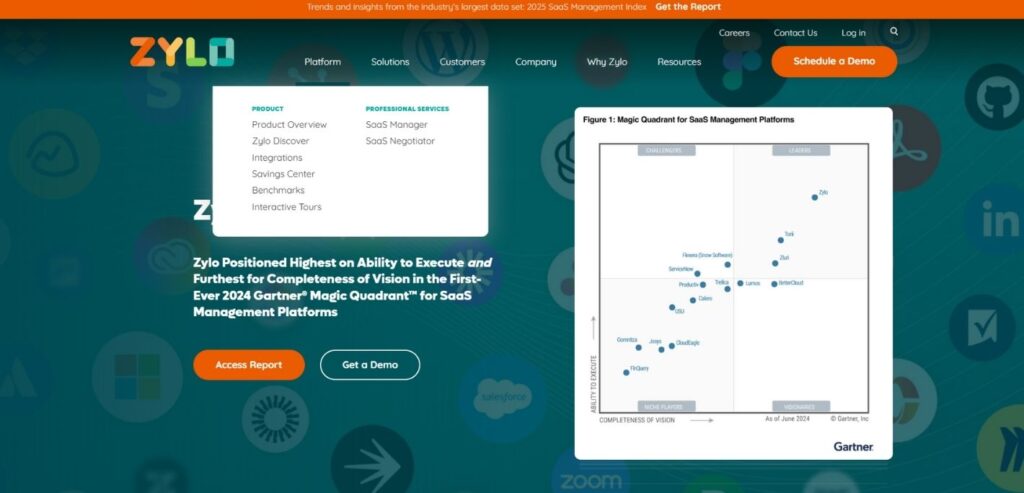
Zylo is a SaaSOps platform that allows unified management of the SaaS inventories, tracks renewals, and optimizes licensing of software. The AI engine of Zylo can enable teams to have a better understanding of software expenses, application usage, and renewal terms. Using this information, IT and operations managers can design procedures for the management of software assets, procurement, and IT governance.
Zylo’s data intelligence expertise lets teams discover and catalog the full library of their software applications, saving on unused tools. Other benefits include automated and predictive insights, for example in security risk scores, deletion of licenses for inactive users, and reminders before renewal deadlines.
- Rating: 4.8 out of 5 stars
- Pricing: Contact Zylo for tailored pricing
10. Basaas
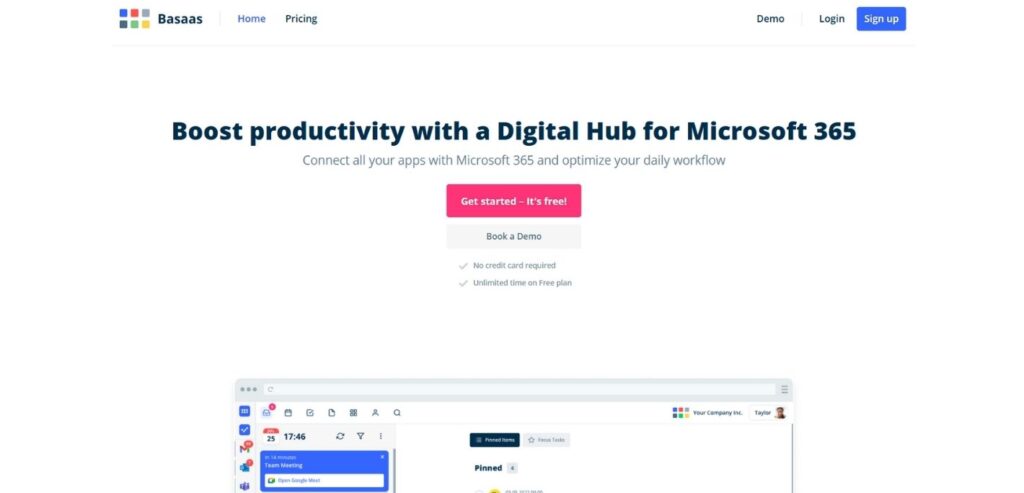
It assists businesses in focusing on activities by presenting a single view for app alerts, documents, and action items. Businesses utilizing Microsoft 365 technologies will benefit more from Basaas. It is a digital hub that lets users link external apps to programs such as Microsoft Office, One Drive, Teams, and Outlook.
It should have a well-defined and straightforward interface that would enable customers to manage day-to-day SaaS operations, search for data within the application ecosystem, and switch applications. Teams may use shortcuts that allow them to start multiple tasks of applications right from any page and also view all their applications in the sidebar of the browser. Moreover, Basaas offers its operations and IT administrators tools that allow them to safely exchange shared files and provide access to software.
- Rating: 4.7 out of 5 stars
- Pricing: Get started for free
Read more articles on Tools and Software:
The advantages of implementing a SaaS management solution
The software program has a structure in it that forms an impact on every department of the corporate entity.
Customers and employers would not be able to be effective if they communicate with a network that is adversely affected by uncontrolled costs, cybersecurity, and technological know-how. Businesses can earn benefits such as these by putting in place a SaaS management solution:
1. Lower running cost for software
Learn how to reduce costs, including shadow IT, redundant software, and unused licenses. Teams may spend money more smartly by eliminating redundancy and optimizing software usage.
2. Ensure that the software is reliable and accessible
Teams can maintain their software application optimized and update them with SaaS management tools. Teams can track software properly.
3. Minimize administrative time spent on repetitive tasks
SaaS management tools enable the automating of various repetitive work for teams including user onboarding, off-boarding checklists, and license renewals amongst others, and prespecified workflows through approval to use these automatic flows in dealing with repeating activities; also allow repeating operations to be well timed, without errors.
4. Control business data in having any sources of the truth.
With SaaS management solutions, data in a software stack can be easily connected for teams across the organization. Connecting data allows departments and business systems to operate with the latest data for performance reporting, trend analysis, and any other purpose; these connections also break information silos.
5. Simplify vendor connections with SaaS providers to improve service quality and price.
SaaS management tools enable teams to organize and track vendor paperwork and activity. Many of the solutions above are vendor management functionalities that help a team in dealing with the management of vendors regarding negotiations, track performance, and procurement decision-making.
6. Standardize user access laws.
The management of SaaS will ensure companies enforce uniform processes for license provisioning and user access control across the various business divisions. Process automation and simplified IT information guarantee faster access to the required tools and more seamless stakeholder approvals.
7. Industry rules and regulations compliance
Such organizations can ensure standard security measures with features such as monitoring of usage for SaaS applications, creation of approval procedures, management of IT tasks and deadlines, and much more. Without the availability of SaaS management tools, it is much more challenging for IT and operations teams to place safeguards around items such as the correct installation of SaaS apps, data on corporate servers, and appropriate access to business systems.
In Summary
Selecting the best SaaS management platform is very subjective and will vary based on your business needs, challenges, and goals. The size of the SaaS stack, security requirements, financial constraints, and integrations with tools have to be taken into consideration. The best approach towards SaaS management is the one that solves present problems and, at the same time, is flexible enough to grow with the evolution of your business and its digital transformation.
In short, the management of SaaS applications is a part of a modern strategy in IT, which should involve thinking and selecting appropriate solutions. The conducted research might help IT managers and decision-makers choose a platform that increases operational efficiency, security, and compliance while meeting the SaaS promise of innovation and flexibility.
FAQs
1. What are SaaS solutions?
Cloud-hosted applications: users can use application functionality with a browser and do not hold on-premises. More of their solution is based on subscription models
They include the likes of Slack, Google Cloud, and an Azure provisioning service.
2. Management System of SaaS: What is it?
Allows IT teams to monitor, manage, and maximize software assets by using a SaaS management solution. It can be considered a SaaS solution for managing other SaaS licenses.
It generally comprises budgeting tools, security enforcement, licensing optimization, automated asset detection, and vendor management functionalities.
3. How much does a SaaS management platform cost?
Based on the size and features, cost varies. Starting at $200 per month will be typical in small team projects. The enterprises are charged costlier. Instead, there aren’t much details offered on this platform about prices as well.
